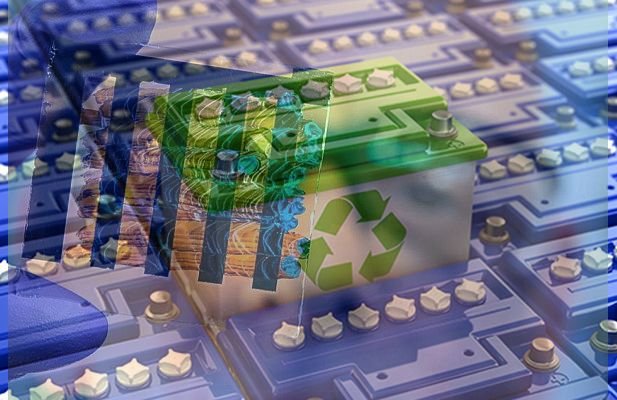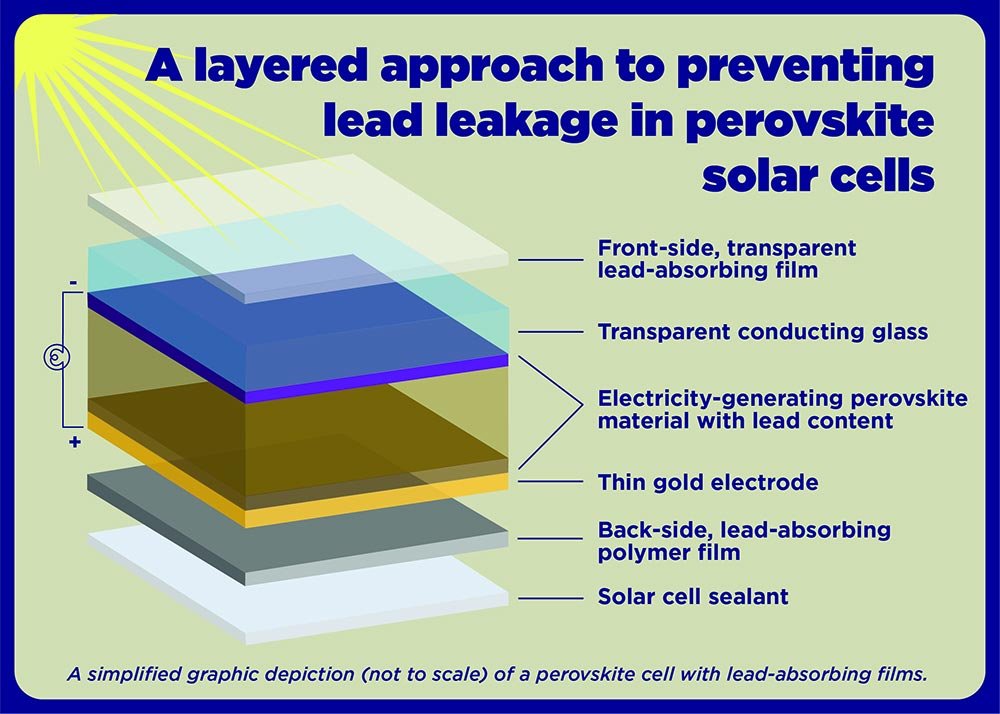Researchers from China’s Xidian University are proposing to use waste lead from lead-acid batteries for the manufacturing of perovskite for solar cells.
The proposed one-step process, which was tested in the production of a 17.38% efficient perovskite heterojunction cell, is said to be cheaper and less energy-intensive than other recycling processes for waste lead from lead-acid batteries.
The essential concept is to grab the lead acetate Pb(AC)2 from the cathode and anode regions of the battery and mix lead-containing materials with acetic acid (CH3COOH).
This simple process is said to deliver high-purity lead acetate (Pb(Ac)2), which works as an effective precursor material for solar cells based on halide perovskites.
The scientists suggested that, through this process, the perovskite achieves a better crystallization, yielding dense films with high light-harvesting efficiency. “In particular, the perovskite thin film derived from cathode has the largest particles and the least number of holes,” they said.
Compared to other expensive and energy-intensive methods, the researcher say that this new approach has lower annealing temperature and shorter annealing time – which could result in lower costs and energy consumption.
Recently researchers from the U.S. Department of Energy’s National Renewable Energy Laboratory (NREL) unveiled a new a technique to dramatically reduce lead leakage in perovksite solar cells.
They applied a lead-absorbing film to the front and rear of a perovskite cell. “Under conditions of severe solar cell damage in a lab setting, the lead-absorbing films sequestered 96% of lead leakage,” accoridng to NREL.
Reference- NREL website, Nano Energy Paper, Futurism










